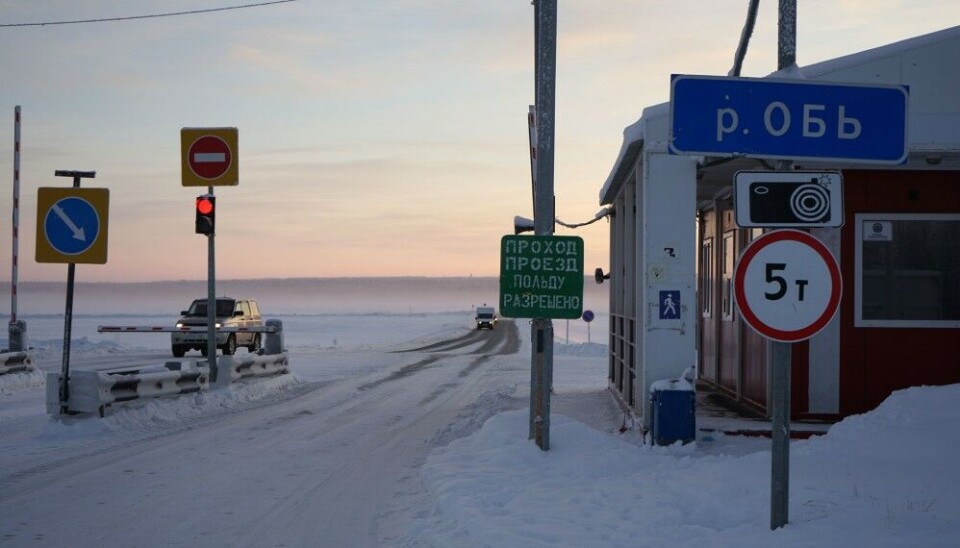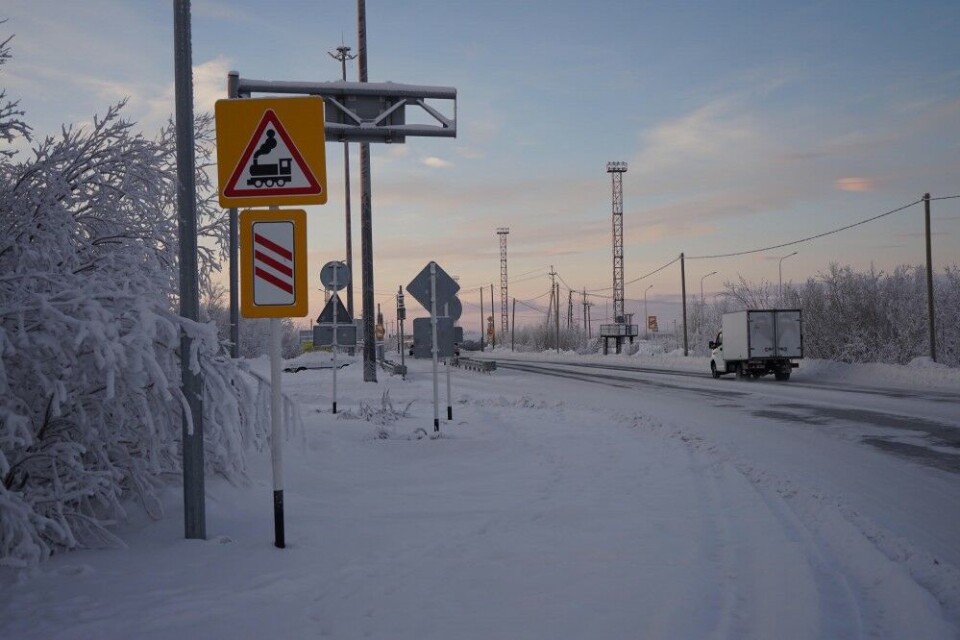
Defence Chief says time might have come for revival of Stalin’s Arctic Death Road
Thousands died of hunger and cold as they laid rails across the desolate areas of North Siberia. Now Russian Defence Minister Sergey Shoigu hints he is ready to give the Transpolar Mainline project a new shot.
p.p1 {margin: 0.0px 0.0px 0.0px 0.0px; line-height: 20.0px; font: 16.0px ‘PT Sans’; color: #595959; -webkit-text-stroke: #595959; background-color: #ffffff}p.p2 {margin: 0.0px 0.0px 0.0px 0.0px; line-height: 20.0px; font: 16.0px ‘PT Sans’; color: #595959; -webkit-text-stroke: #595959; background-color: #ffffff; min-height: 20.0px}p.p3 {margin: 0.0px 0.0px 0.0px 0.0px; line-height: 20.0px; font: 16.0px ‘PT Sans’; color: #595959; -webkit-text-stroke: #595959}p.p4 {margin: 0.0px 0.0px 0.0px 0.0px; line-height: 20.0px; font: 16.0px ‘PT Sans’; color: #595959; -webkit-text-stroke: #595959; min-height: 20.0px}span.s1 {font-kerning: none}span.s2 {font-kerning: none; background-color: #ffffff}
It was one of the many monstrous projects started by Josef Stalin. The railway line was to be built across the swamps and wetlands of northern Siberia from Salekhard on the western banks of River Ob to Igarka on the shores of River Yenisey. The construction works started in 1947 and continued until the death of the Soviet leader in 1953.
The distance is a whopping 1,300 km.
It is unknown how many people that perished in the construction works, but they can be counted in the thousands. Almost all of them were Gulag prisoners, many arrested on political grounds after the war.

Two major Gulag facilities were established for the construction; the so-called 501 Railroad beginning on the River Ob and the 503 Railroad beginning on the River Yenisey.
Between 80,000 and 120,000 people are believed to have laboured with the new piece of infrastructure in the six-year period. It was called the Transpolar Mainline. But by many it was rather referred to as Stalin’s Dead Road.
Hundreds of kilometers were built, but the project never completed. At least 600 km was left to construct when the new rulers in Moscow abandoned the project in 1953. In addition, a major part of the line that actually was built was soon destroyed by frost heaves and structural failures.

But the line between Nadym and Novy Urengoy later became fully functional, along with the westernmost section between Labytnangi and Chum. Both remain in operation today.
Railway to Norilsk
Now, 70 years after Stalin’s project launch, the Transpolar Mainline might ultimately face revival.
In a meeting in the Russian Geographical Society this week, Russian Minister of Defense Sergey Shoigu made clear that he is ready to have a fresh look at the project. «We would like to study it more closely, in more detail,» the minister underlined.
«Mayby, there is a perspective for reviving this project for our country and for the development of Siberia,» the minister said in the meeting.

Included in the plans of the defense minister is the extension of the line all the way to Norilsk, the industrial city in the Taymyr Peninsula.
In the chair next to the defense chief was sitting the president himself. Vladimir Putin has made Arctic developments a top priority and he listened attentively as one of his most trusted ministers presented his new idea.
According to Sergey Shoigu, representatives of the Ministry of Defence will together with the Russian Geographical Society soon set out on an expedition to the area.
Northern Latitudinal Passage
The renewed interest in Transpolar Mainline coincides with federal authorities’s determination to build the Northern Latitudinal Passage, a railway project that partly overlaps with the Soviet-era project.

The Northern Latitudinal Passage will include a railway across the Ob River and new rails on the route previously laid out by the Transpolar line.
The Latitudinal Passage also includes the building of a railway to Sabetta, the new seaport on the northeastern tip of Peninsula Yamal.
The project was one of few concrete projects highlighted by President Putin in his recent address at the Arctic Forum, the conference in St.Petersburg.
The railway projects coincide with several more major infrastructure initiatives in the Russian Arctic. Among them is oil company Rosneft’s projected oil pipeline from Vankor in North Siberia to the coast of the Laptev Sea. According to company leader Igor Sechin, the pipeline will connect the rich oil fields in the Vankor area with the Arctic coast and subsequently help boost shipping on the Northern Sea Route.
Like with the railway plans, the projected oil pipeline will cross the great River Yenisey.
… We hope you like to read our articles.
For 16 years, the Barents Observer has provided serious, fact-based stories about life and developments in the North. Please help us to strengthen our independent journalism. Get engaged, give a small donation. Thank you!
















